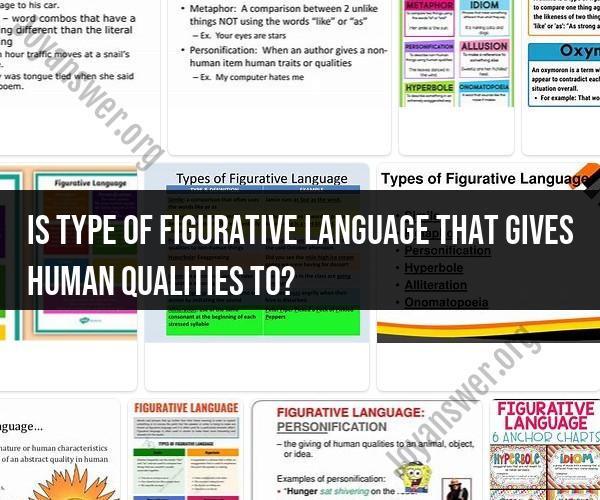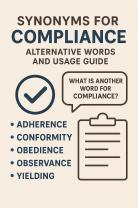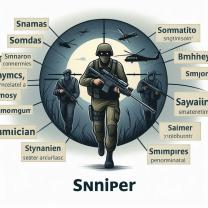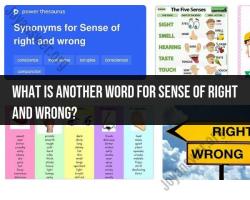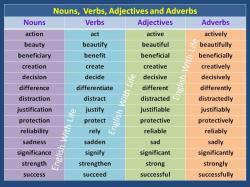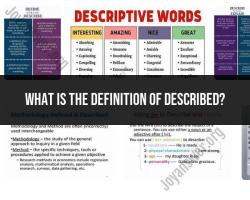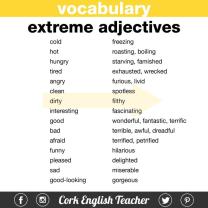Is type of figurative language that gives human qualities to?
Personification is a figurative language technique in which non-human objects, animals, or concepts are given human qualities or attributes. By attributing human characteristics to these non-human entities, personification can make descriptions more vivid, relatable, and engaging. It's a powerful way to create imagery and evoke emotions in writing and speech. Here's how personification works and some examples:
How Personification Works:Personification involves describing something non-human as if it were human, imbuing it with emotions, thoughts, actions, and behaviors. This figurative language can help readers or listeners connect with the subject on a deeper level and understand it in a more relatable way.
Examples of Personification:
The wind whispered through the trees.In this example, the wind is personified as if it can whisper, which is a human action.
The flowers danced in the breeze.Flowers are given the human quality of dancing, adding a sense of movement and liveliness to the description.
The sun smiled down on the earth.The sun is personified with the action of smiling, suggesting a sense of warmth and benevolence.
The river sang a soothing melody.The river is attributed with the human ability to sing, creating a sensory and emotional connection.
The stars blinked in the night sky.Stars are given the human action of blinking, which adds an element of familiarity to the celestial scene.
The old house groaned as the wind rattled its windows.The house is personified as if it's capable of groaning, linking the building's sounds to human reactions.
The ocean roared with anger during the storm.The ocean is attributed with the human emotion of anger, intensifying the description of its tumultuous state.
Time flew by as we enjoyed ourselves.Time is personified with the action of flying, emphasizing its fleeting nature.
The car engine coughed and sputtered before finally starting.The engine is given the human-like quality of coughing and sputtering, making the description more vivid.
The lonely moon peeked through the clouds.The moon is attributed with the human action of peeking, evoking a sense of curiosity.
Personification can be found in literature, poetry, speeches, and everyday language. It's a creative way to add depth and imagination to your writing, enhancing the reader's experience by creating connections between the human and non-human elements being described.
